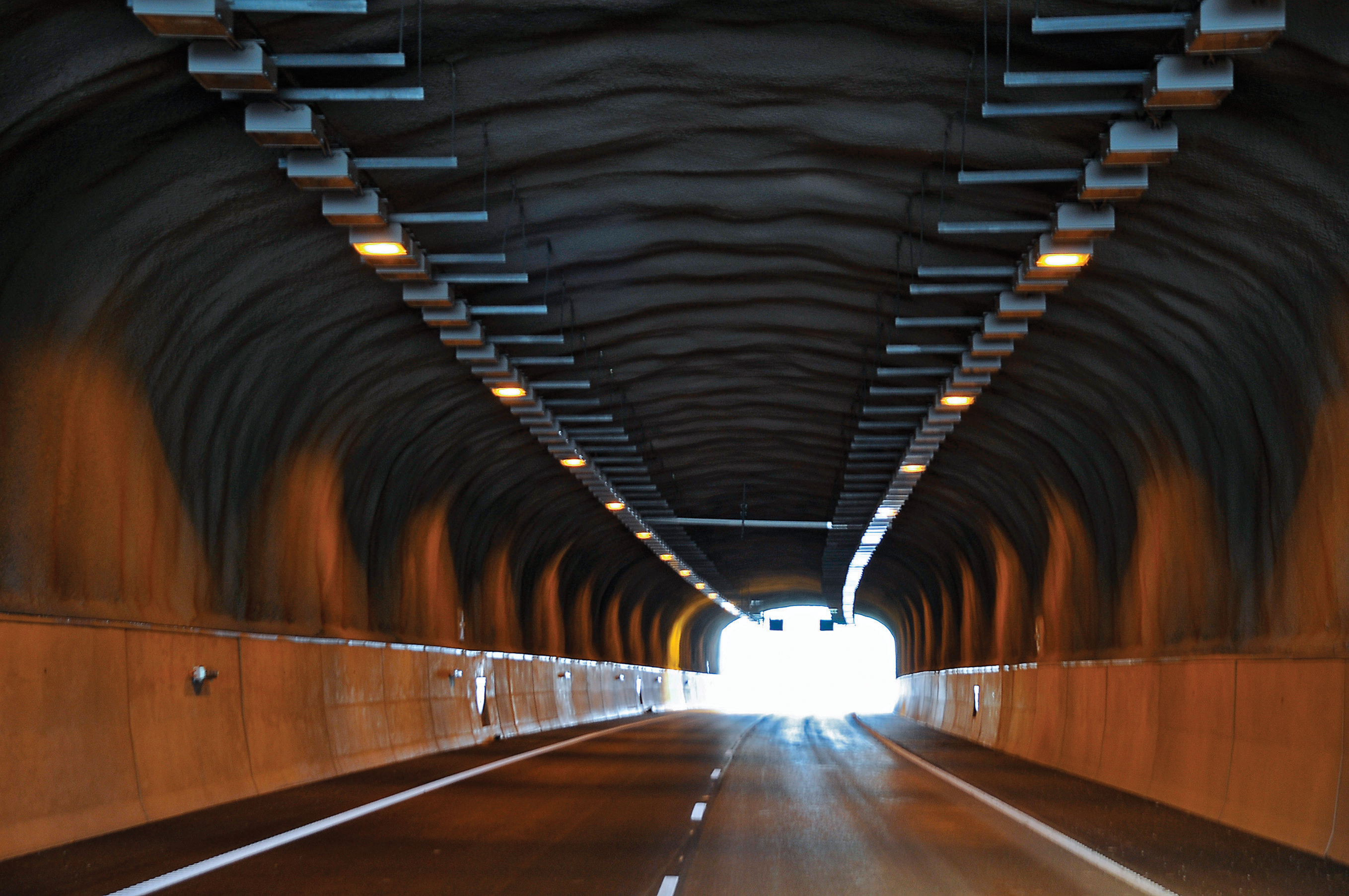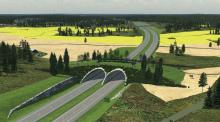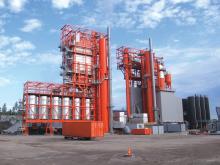It has taken a long time to complete, but a vital motorway link is open to traffic as Heikki Harri reports After almost 50 years of construction, the M1 motorway linking Helsinki, the Finnish capital city and Turku, the country's old capital in the southwest, is finally completed. It did not take all 50 years of construction but the first section from Helsinki towards the west was constructed in the mid -1960s. Then there was a pause until mid-1990s when the works resumed section by section. The final sect

There are seven tunnels on the new motorway. They are all equipped with most modern technical and safety systems
It has taken a long time to complete, but a vital motorway link is open to traffic as Heikki Harri reports
After almost 50 years of construction, the M1 motorway linking Helsinki, the Finnish capital city and Turku, the country's old capital in the southwest, is finally completed.It did not take all 50 years of construction but the first section from Helsinki towards the west was constructed in the mid -1960s. Then there was a pause until mid-1990s when the works resumed section by section. The final section started in 2005 and by the end of November 2008 it was ready for traffic after the completion of the final section. The total length of the M1 is 111km.
The new motorway incorporates some national records. With a length of 51km, the final section is the longest single motorway stretch so far. Along this section there are seven tunnels, the longest being 2.2km, which is another national record.
The motorway is part of the E18 road starting from Turku to the east and continuing from Helsinki and ending in St Petersburg in Russia.
Some parts of the east-bound road from Helsinki were already constructed as motorway but the timing of the final completion of the rest as motorway has not yet been set.
The construction of the final section of M1 was managed by a consortium of three partners:
The new motorway was built using a life-cycle model, at a total cost of E700 million. The life-cycle model is a Finnish adaptation of the Public Private Partnership (PPP) model (a government service or private business venture, which is funded and operated through a partnership of government and one or more private sector companies).
The managing consortium is responsible for the road up to 2029 when it is transferred to the Road Administration, which will pay the consortium a service charge: this is tied to road usability and quality up to the end of the agreement.
As modern as can be The motorway has been constructed using the latest available technologies and, in particular, special attention has been given to environmental aspects. Part of the road passes lakes and groundwater areas and to protect them, quite a few 'extra' and 'extra long' bridges were constructed.
The total number of bridges is 76, along with underpasses and protecting structures for animals as well as noise prevention structures.
The whole length of the road will be monitored for traffic and weather conditions, particularly for snow and ice.
The two-lane separated tunnels are equipped with modern safety and emergency systems, and are spacious being equipped with automatic lightning systems based on the outdoor brightness.
The road has been made to fit with nature as much as possible. There are a lot of landscaped areas where locally produced aggregates have been used, and trees and plants indigenous to the region have been planted. Some noise barriers are transparent so that road users can
see the surroundings better.
The old two-lane road has been heavily used and has also experienced increasing traffic volumes, higher than average. In 2000, the old road had over 8,000 vehicles daily but in 2002 the figure was over 9,000.Heavy traffic has accounted for approximately 15% of the volume, and safety has been poor, with the annual average of fatal accidents being 3.2 with a further 26 accidents involving personal injuries.
With the opening of the new link, these figures are bound to decrease considerably.







